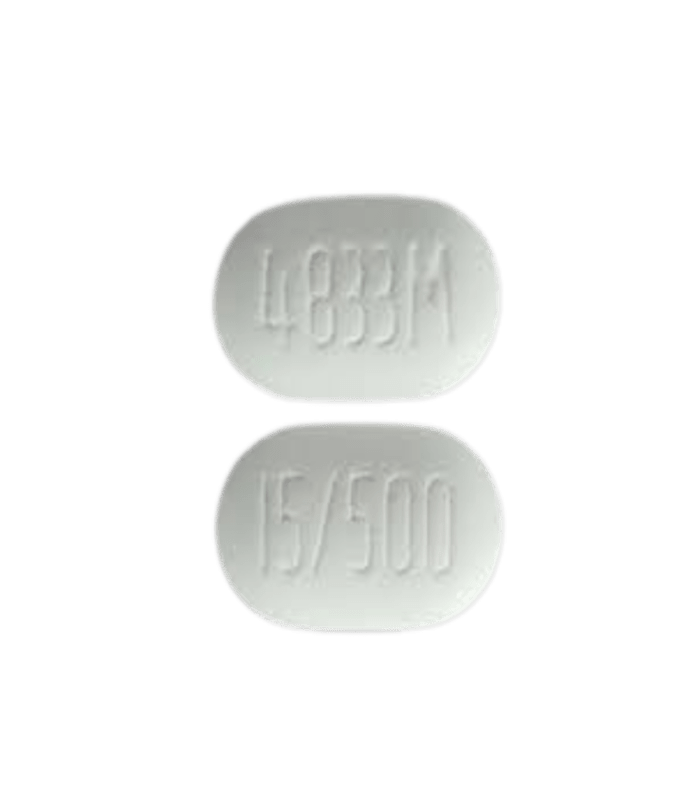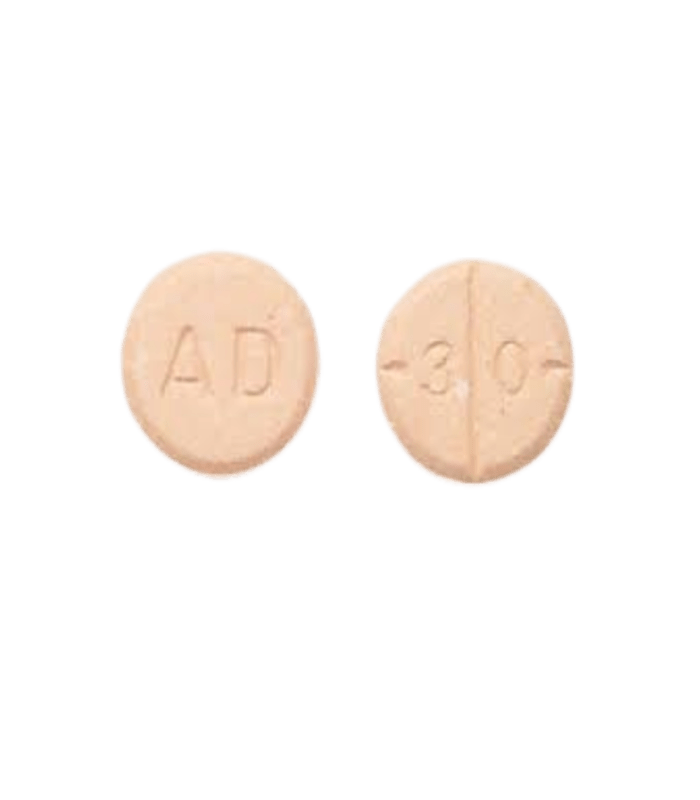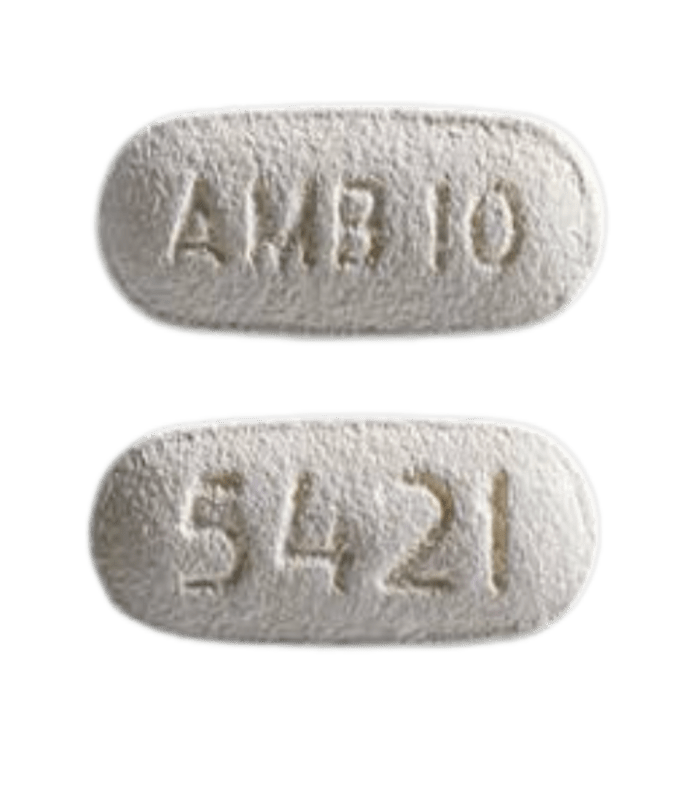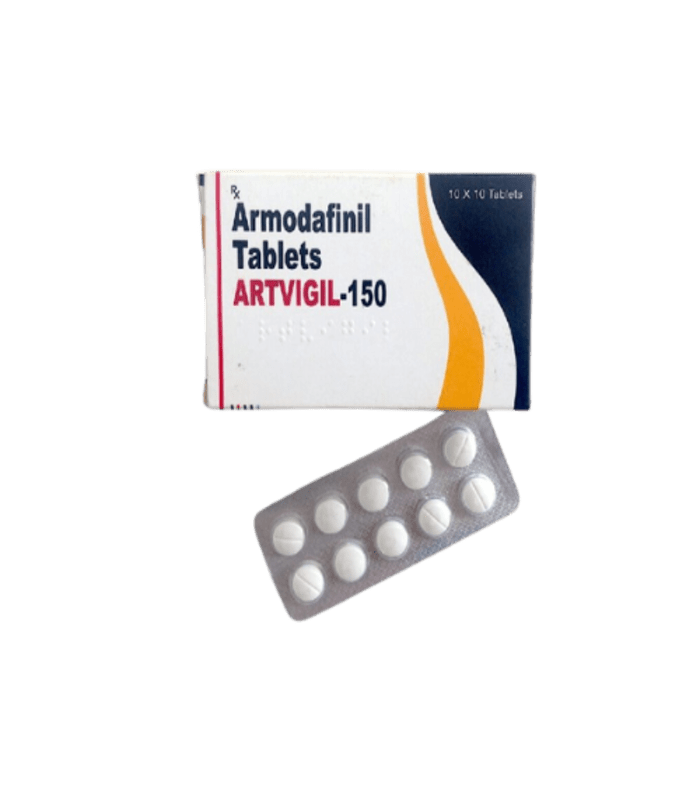Soma, also known by its generic name carisoprodol, is a prescription medication commonly prescribed to help relieve pain and discomfort caused by musculoskeletal injuries or conditions. As a muscle relaxant, it affects the central nervous system and influences the communication between nerves and the brain. This mechanism helps to reduce muscle spasms, providing temporary relief to those suffering from injuries or conditions such as muscle strains, sprains, or tension.
The drug is primarily used in the short-term treatment of muscle spasms, often as part of a comprehensive treatment plan that may include physical therapy and other pain management strategies. Soma is available in tablet form and should only be used according to the instructions of a healthcare provider to avoid misuse and potential side effects.
How to Use Soma?
Soma should always be used exactly as prescribed by a healthcare professional. Typically, the recommended dosage for adults is between 250 to 350 milligrams, taken three times a day and once before bed, depending on the severity of the condition. It’s important to follow the prescribed schedule to avoid the risk of overdose or dependency. Soma can be taken with or without food, but it is essential to stick to the dosing instructions provided by the prescribing physician.
Patients should not exceed a total daily dose of 1400 milligrams, as taking higher doses can increase the risk of harmful side effects, including dependency and overdose. Soma is intended for short-term use only, generally for two to three weeks. Prolonged use can lead to tolerance and physical dependence, which is why it is typically recommended only for brief periods.
How Long Does Soma Take To Work?
Soma generally begins to work within 30 minutes to an hour after ingestion, though the onset of effects can vary depending on individual factors such as metabolism, body weight, and overall health. The peak effectiveness of the drug typically occurs within two to four hours after taking the dose.
It is important to understand that while Soma can provide immediate relief from muscle spasms, it is not a long-term solution. The drug is meant to manage symptoms temporarily, and its use should be carefully monitored by a healthcare provider to avoid the risk of dependence or misuse.
Soma Overdose Symptoms
An overdose of Soma can be extremely dangerous and should be avoided at all costs. Symptoms of a Soma overdose can include extreme drowsiness, confusion, muscle weakness, tremors, shallow or slow breathing, and a reduced heart rate. In more severe cases, an overdose can lead to loss of consciousness, coma, or even death. If someone suspects a Soma overdose, immediate medical attention should be sought by calling emergency services or contacting a healthcare provider right away.
It is crucial to adhere strictly to the prescribed dosage and not to take Soma in combination with other substances that may enhance its sedative effects, such as alcohol, opioids, or other central nervous system depressants. Overdose situations often arise when patients misuse the medication or take higher-than-recommended doses.
Is Soma Addictive?
Yes, Soma can be addictive. It is classified as a Schedule IV controlled substance in the United States due to its potential for abuse and dependence. While Soma can be effective in providing short-term relief from muscle spasms and pain, it carries a risk of addiction, particularly when taken in higher doses or for extended periods. Individuals who misuse Soma, either by taking more than the prescribed dose or using it recreationally, are at a higher risk of developing both physical and psychological dependence on the drug.
Signs of Soma addiction may include taking larger doses than prescribed, using the drug for non-medical purposes, or experiencing cravings and withdrawal symptoms when trying to stop use. If addiction is suspected, it is crucial to seek medical help as soon as possible.
Soma Withdrawal Treatment
Discontinuing Soma after prolonged use or misuse can result in withdrawal symptoms, which can be uncomfortable and challenging to manage. The severity of withdrawal symptoms can vary, but common symptoms include anxiety, muscle twitching, insomnia, nausea, and rebound muscle spasms. In some cases, people may also experience mood swings or heightened irritability. It is essential to consult a healthcare provider before discontinuing Soma, as they can develop a safe and individualized tapering plan to minimize withdrawal symptoms.
Gradual reduction of the dose, under the supervision of a healthcare professional, is often recommended to ensure that the withdrawal process is as smooth as possible. Suddenly stopping the drug can lead to more severe withdrawal symptoms, which is why professional medical guidance is critical.
How Does Soma Interact with Other Drugs?
Soma can interact with a variety of medications and substances, potentially increasing the risk of adverse effects. It is essential to inform your healthcare provider about all the medications you are currently taking, including prescription drugs, over-the-counter medications, supplements, and any recreational substances. This will help the healthcare provider avoid potentially harmful drug interactions.
Common drug interactions with Soma include opioids, benzodiazepines, alcohol, and other central nervous system depressants. Combining Soma with these substances can lead to excessive sedation, respiratory depression, and an increased risk of coma or death. Always consult your healthcare provider before taking Soma in combination with any other substances to ensure your safety and avoid potentially dangerous interactions.
How Long Does Soma Stay in Your System?
The duration for which Soma stays in your system depends on various factors, including the dosage taken, your metabolism, and the frequency of use. The active ingredient in Soma, carisoprodol, has an approximate half-life of 2.5 hours, meaning it typically takes around 11 hours for the drug to be mostly eliminated from the body. However, this can vary depending on individual factors.
Even after Soma has been cleared from the bloodstream, it may still be detectable in urine tests for several days following the last dose. In general, the detection window for Soma in urine can range from 1 to 7 days, depending on how often it is used. Those who are subject to drug testing should be aware of these potential detection times.
Conclusion
Soma (carisoprodol) is a potent muscle relaxant prescribed for short-term relief from muscle spasms, pain, and discomfort. While it can provide significant benefits when used correctly, it also comes with a risk of dependence, addiction, and overdose. It is essential for patients to follow their healthcare provider’s instructions carefully and to use the medication only as directed. Prolonged use can lead to tolerance and withdrawal symptoms, which can be difficult to manage without professional guidance.
As with any medication, it is vital to discuss all other medications and substances with your healthcare provider to prevent dangerous drug interactions. If you have any concerns about the risks of Soma or need help managing withdrawal symptoms, it is always best to consult a healthcare professional. Remember, Soma is designed for short-term use only and should not be relied upon as a long-term solution for pain or muscle spasms.






